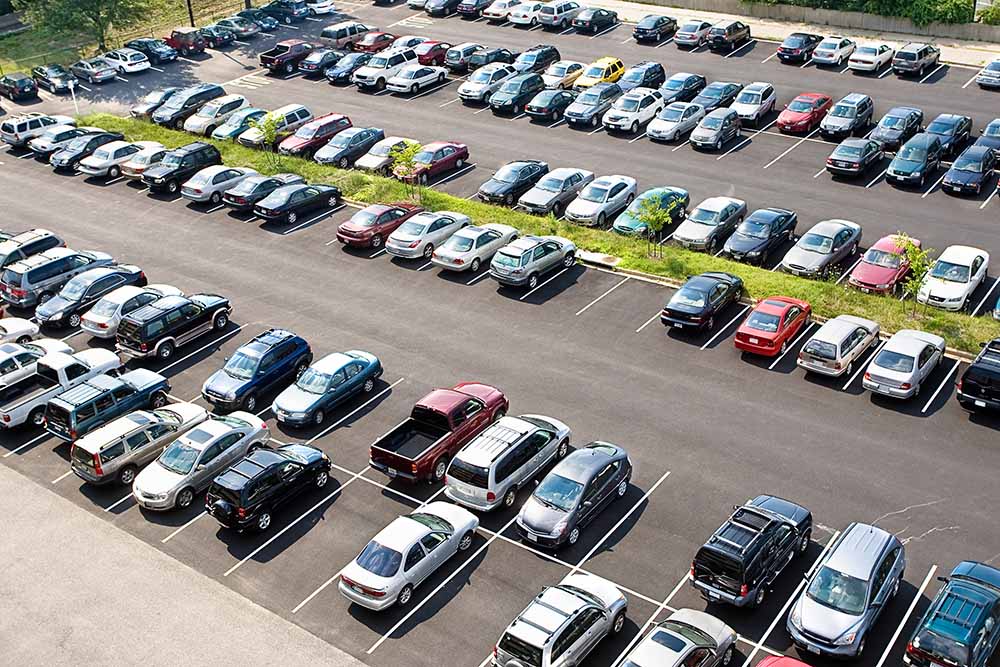
Pulling into a parking lot usually means you’ve arrived, but as a driver, a parking lot is no place to let your guard down. With their chaotic mix of cars and pedestrians often rushing in different directions, plus stray shopping carts, hidden curbs, and tight quarters, parking lots are riskier than you might think.
As if the stress of trying to find a spot at the mall on a busy weekend isn’t enough, a poll by the
Given those hazards, it pays to stay alert and be mindful of parking lot rules and best practices that will help keep you (and pedestrians, and your car) out of harm’s way when looking for that perfect spot.
Laws of the lot Who is at fault? Parking like a pro
Laws of the lot
What happens in a parking lot doesn’t necessarily stay there. Whether a parking lot on private property — like the one at the mall or your local supermarket, for example — falls under the
These laws are evolving, too. For example, in Ontario, as of 2021,
The bottom line, no matter which province you’re in, is that it’s a good idea to drive in any parking lot just as you would on the road.
Who is at fault?
A crash in a parking lot
Parking like a pro
Here are some parking tips and best-practices to help you safely navigate even the busiest of lots:
- Watch the door. Cars, SUVs and pickups have generally been getting bigger, which means parking spots are starting to feel tighter. (It’s not just your imagination!) If you swing your door open and hit the car next to you,
any damage caused can leave you at fault , so take it slow. - No shortcuts. It could be tempting to cut diagonally across a few empty parking rows to get to a prime spot, but don’t do it. Taking shortcuts like that makes it harder for other drivers to anticipate your movements. Instead, follow all painted road markings and signs just as you would on public roads.
- Slow and steady. You made it! You’re at the mall, or the supermarket, or wherever you had to go. Maybe traffic was bad and you’re behind schedule. But, parking lots are no place to rush. They’re often extremely crowded, so driving slowly is especially important because it leaves more time to react to runaway shopping carts or an unexpected pedestrian.
- After you. Pulling out of a parking spot, give way to others driving in the “feeder” lane. In a feeder lane, give way to those in the main lanes known as “thoroughfares.” That way, everyone can get where they’re going in an orderly fashion.
- Backing in. It takes a little more time upon arrival, but reversing into a spot can help make leaving easier. You’ll typically have a better view of any oncoming cars when you pull forwards out of your parking spot.
- Use your senses. Modern cars have a lot of great technology — like 360-degree surround-view cameras, radar, and even automatic parking – but these features are only there to assist you, the driver. Use the technology, but don’t rely on it. Keep turning your head to check those blind spots and look all around the vehicle.
- Quit distractions. As ever, put your phone away, set the car’s navigation system, and do whatever else you need to do before setting off. With everything else going on, a parking lot is no place for distraction.